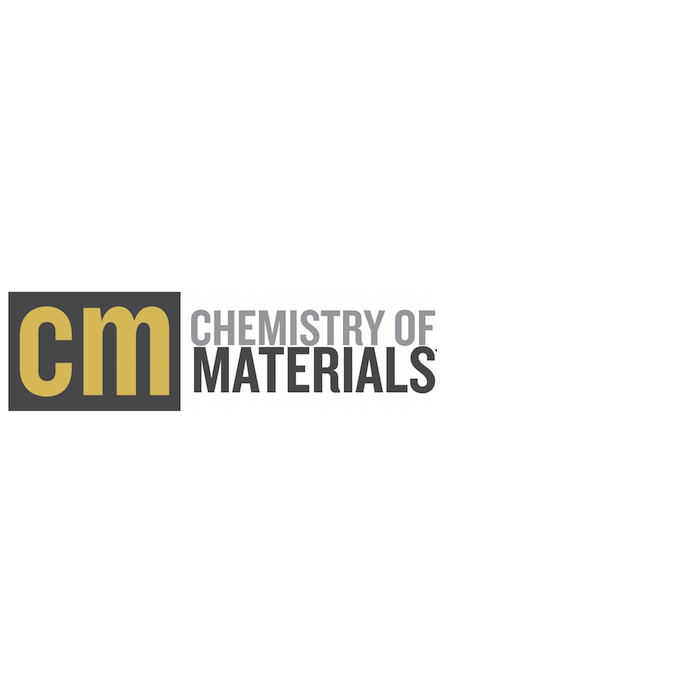Aionics Partners With Chement to Accelerate Zero-Carbon Cement Production Technology
News

Are there any parallels between cement production and battery design processes? It may surprise you to find out the answer is yes.
Cement is one of humanity’s oldest and most widely used materials. Today’s processes for making cement are nearly 200 years old, and they account for more than 7% of global carbon emissions. Dr. Greg Houchins wants to change that.
Earlier this year Houchins founded Chement, a startup dedicated to reducing carbon emissions during cement production, along with his former Ph.D. advisor Dr. Venkat Viswanathan of Carnegie Mellon University. Today, Breakthrough Energy, founded by Bill Gates, announced Houchins will be a member of the inaugural cohort of the Breakthrough Energy Fellows program through which Breakthrough will support Chement’s early growth.
Enter Aionics, a company dedicated to speeding up battery design using developments in artificial intelligence (AI) and high performance compute (HPC) approaches. Today, Aionics and Chement are announcing a partnership to use these computational techniques to accelerate the development and deployment of Chement’s novel electrochemical cement production technology.
Chement’s Founders Houchins and Viswanathan are well-versed in machine learning for materials optimization. “I was given the grand challenge of predicting the open-circuit voltage for an arbitrary composition of a popular class of battery cathode material, NMC, without any experimental input. I didn’t think it was possible when I started working on this in 2017 but being able to solve this has made it abundantly clear that materials informatics is ready for prime-time for early-stage materials design and optimization”, said Greg Houchins, CEO of Chement.
In addition to his co-founding role at Chement, Viswanathan also serves as the Chief Scientist of Aionics — and was the glue that made the partnership stick. Aionics CEO Dr. Austin Sendek said it became a no-brainer immediately after Viswanathan initially proposed the idea.
In his view, the partnership represents a unique opportunity for both companies to fundamentally alter the materials discovery and optimization paradigm. “There could not be two companies that are more aligned in our core missions of using data-driven electrochemistry to mitigate climate change,” Sendek said. “Chement will be the first customer that Aionics has partnered with from the day of incorporation of the company. This gives us an incredible opportunity to work hand-in-hand with Greg to set a data-first approach and culture. This will enable Chement to innovate as fast as possible in a space that desperately needs fast innovation.”
But there is more to the partnership than just a commitment to building a data-driven materials company — the two scientific problems are related. Aionics typically focuses on enhancing batteries, which work by reversibly shuttling charged ions between electrodes across an electrolyte. Depending on the direction of the ion flow, energy is either stored or released. When discharged, energy is released in the form of a voltage, unlike in carbon fuel-based technology where it is released as heat. This is the principle Chement is applying to rethink the centuries-old process of cement production: driving the key reactions using electrochemistry instead of combustion. For Aionics, AI-driven electrochemical device design is routine; but Chement’s device represents a unique and different challenge.
Chement’s novel room temperature electrochemical process addresses the two-faced emissions problem of cement that has made decarbonization so challenging. Nearly half of the emissions from the process result from the burning of fossil fuels to drive the ultra-high temperature reaction. Replacing the energy source with renewable electricity instantly solves this. The other half of the emissions, however, result from the chemical breakdown of one of the main raw materials, limestone. These emissions, when present in a conventional cement kiln, are mixed and contaminated with other hard to handle and caustic gases, making the prospect of carbon capture and utilization extremely difficult and cost prohibitive. By moving to a room temperature electrochemical reaction, these emissions are released in a highly pure stream, and make capture cheap enough to become a reality. Along with a path to zero emission cement production, the high efficiencies of electrochemical processes versus high heat loss thermochemical processes makes this by far the most energy efficient cement production process in the world.
“Bringing these two innovative companies together has been one of the most rewarding experiences of my career,” says Viswanathan. “I can’t wait to see what we uncover together.”
To learn more about Chement and their partnership with Aionics, be sure to check out Aionics Fortnightly Episode 19 with Dr. Houchins!
Newsletter Registration
Subscribe to our newsletter and stay updated with the latest from Aionics.


